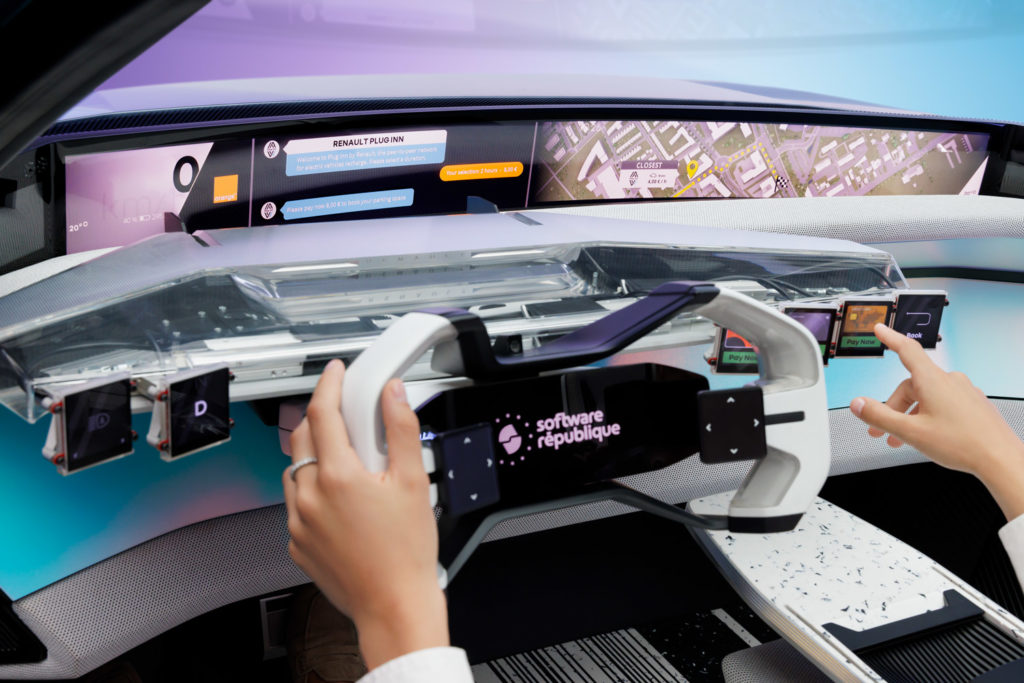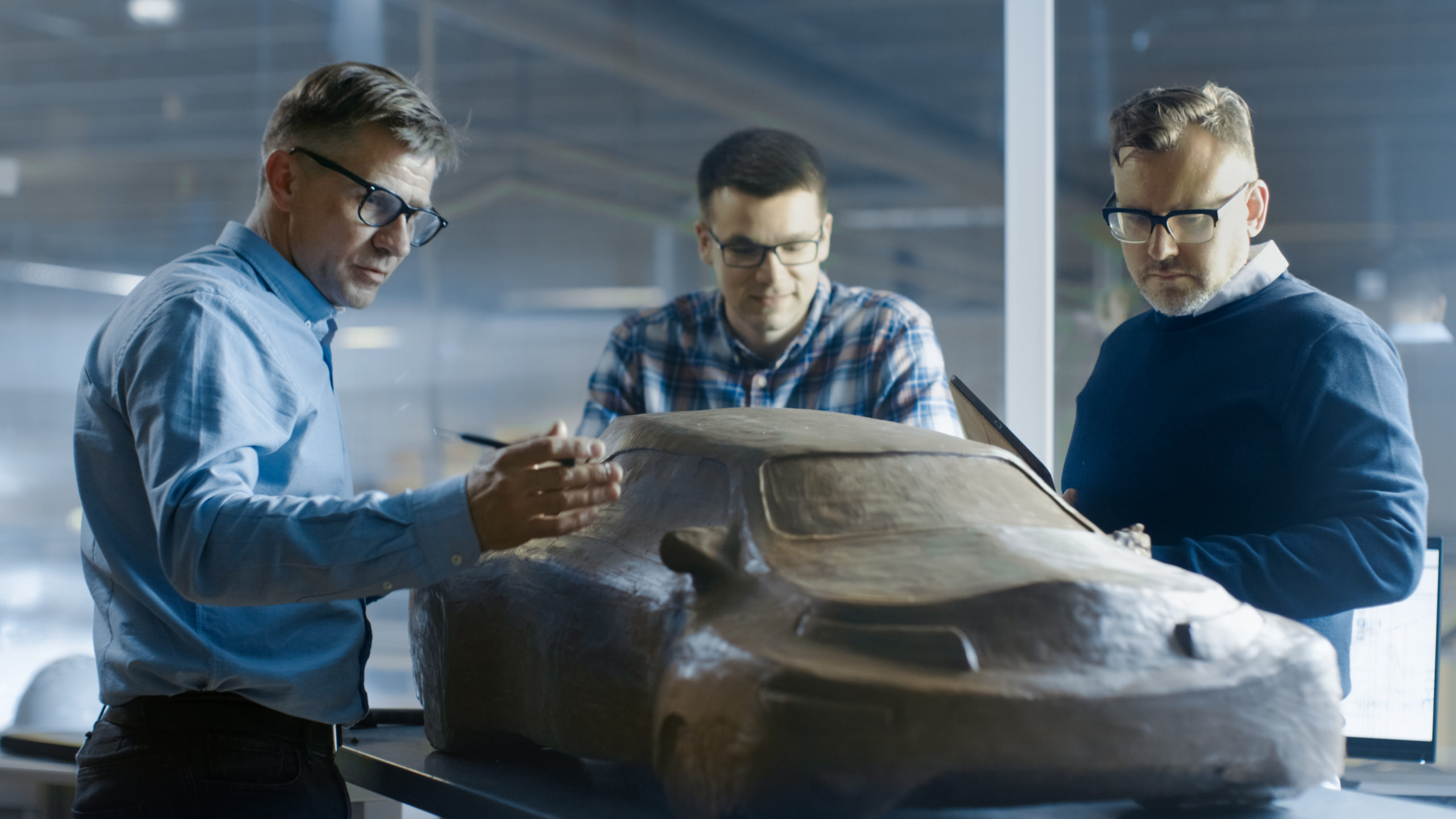Automotive prototyping stands as a pivotal cornerstone within the dynamic realm of the automotive industry. It covers the art of constructing preliminary models or prototypes of vehicles prior to embarking on mass production. This phase, though often overlooked by the layman, plays a pivotal role in the multifaceted process of vehicle development. It assumes even greater significance when you consider its role in fostering innovation within one of the world’s most fiercely competitive sectors. Here, the stakes are high, customer expectations are ever-evolving, and the regulatory framework is unforgivingly stringent.
Defining automotive prototyping
Traditionally, prototyping has been an invaluable tool across industries, facilitating the iterative process of refining a product’s design. In the realm of automobiles, we can conceive of automotive prototyping as the art of conceiving and nurturing one or more incarnations of motor vehicles prior to their induction into the assembly line. This phase, delicate yet decisive, offers manufacturers a unique opportunity to investigate and appraise the technical, aesthetic, and functional facets of a vehicle model.
Communication is the linchpin
In the world of automotive prototyping, effective communication is the linchpin that holds together the entire process. It acts as a conduit for manufacturers to share their vision of a vehicle, often through the medium of concept cars or digital prototypes depicted in images and films.
The evolution of prototyping
The practice of prototyping has evolved significantly over the past four decades. The transition from manual to digital prototyping has been nothing short of revolutionary. Digital prototyping serves a multitude of purposes. It not only supports the construction process but also augments or even replaces certain aspects of the physical prototype. More interestingly, it breathes new life into the prototype by introducing novel dimensions.
The progression in prototyping is not a matter of substitution but augmentation. It commences with the fundamental aspects like shapes, colors, and materials. From there, it incorporates dynamic elements such as movable seats, illuminating lights, interactive displays, and contemporary challenges like user experience (UX) enhancements. The topic of user experience deserves a closer examination, which we’ll cover later in this article.
In summary, automotive prototyping performs a variety of functions as part of vehicle development. These roles include validating design, ergonomics and aesthetics.
The diverse forms of automotive prototyping
Automotive prototyping is a versatile practice, its form varying to align with the specific needs of the project and the developmental stage. In this section, we’ll introduce you to the three main categories: physical, virtual, and hybrid prototyping, and explain their respective advantages.
Physical prototyping: a tangible touch
Physical prototyping involves the fabrication of tangible models, either to scale or in actual vehicle dimensions. These physical models manifest using materials like foam, plastic, metal, or fiberglass. They allow us to assess the vehicle’s exterior design, aesthetics and the subtleties of its interior.
The allure of physical prototyping lies in the tactile and visual experiences it offers. It serves as an engaging conduit for design evaluation. However, it comes at a cost, especially when executed on a large scale.
Virtual prototyping: the digital frontier
Virtual prototyping, on the other hand, embraces the digital realm. It incorporates 3D modeling and simulation. The journey commences with 3D modeling, where detailed digital renditions of the vehicle are crafted employing computer-aided design (CAD) software. These digital models enable manufacturers to virtually visualize and examine the vehicle from a multitude of angles.
Virtual prototyping is not only faster but also more cost-effective than its physical counterpart. It integrates usage contexts such as weather or road conditions. However, its efficacy hinges on the precision of numerical models and simulations.
Hybrid prototyping: bridging real and virtual
Hybrid prototyping, as the name suggests, represents the harmonious fusion of physical and virtual realms. In this paradigm, automotive manufacturers combine the physical model with computer simulation to examine specific components in detail. This combination facilitates an evaluation of the real model’s response to various stimuli. Nevertheless, it’s worth noting that hybrid prototyping can pose managerial complexities.
The merits of automotive prototyping
Automotive prototyping is not without its merits, serving as a catalytic agent for enhancing the vehicle development process. Let’s explore some of the primary advantages that this practice brings to the table.
First and foremost, automotive prototyping validates the initial vehicle design by giving birth to a tangible manifestation of the envisioned product. Manufacturers can lay their eyes on the model and make refinements to elevate the design to new heights. This phase also serves as a crucible for identifying and rectifying design glitches promptly.
Furthermore, automotive prototyping provides a crucial platform for conducting performance and safety assessments. These assessments play a pivotal role in ensuring that the vehicle complies with safety standards and performs optimally in real-world scenarios.
In addition to these tangible benefits, automotive prototyping plays a pivotal role in expediting vehicle development while simultaneously trimming long-term costs. It is akin to a crucible where the vehicle’s mettle is tested, and its quality forged.

The art of automotive prototyping at Epicnpoc
As indicated thus far in this article, prototyping the user experience within the automotive domain is a formidable challenge. Two pivotal questions arise:
- How can one effectively demonstrate the user experience, especially in a context that deviates from the final usage scenario (non-targeted audience, static demonstrations, etc.)?
- How can the first iteration of a functional ecosystem be created in the absence of the requisite time, budget, and technology?
At Epicnpoc, our guiding motto is to transform the user experience into a tangible reality. We believe that it’s not enough to simply present it, but to actively and rapidly improve it. After all, the user experience should never be a mere afterthought; it demands careful design and meticulous prototyping.
The journey to an immersive user experience
To embark on this transformative journey, the first step entails comprehending the essence of the prototype. In essence, what is the target audience, the usage context, and the desired user experience? Subsequently, the challenging task beckons—to harmonize the constraints of the prototyping experience with the envisioned user experience.
Consider, for instance, the task of demonstrating, explaining, and testing advanced features like brake assist and pedestrian detection in a static vehicle display at a trade show. This scenario sums up most of the difficulties encountered in automotive prototyping.
In conclusion: forging the future of automotive prototyping
In conclusion, the landscape of automotive prototyping is a diverse and dynamic one. Success in this realm hinges on the ability to seamlessly meld the physical and digital domains, thereby expanding the context of use. It necessitates the adept use of technological surrogates to craft a user experience that aligns seamlessly with customer expectations.
Yet, this technological aspect is a veritable tightrope walk. It involves integrating a medley of production technologies, some of which may be nascent, while others might remain on the horizon of development. It includes a kaleidoscope of prototypes, ranging from existing digital services to speculative technologies and even mock-ups of future digital services.
If you find yourself navigating the intricate terrain of an automotive prototyping project, consider reaching out to Epicnpoc. We stand ready to lend our expertise and support to ensure your project reaches its zenith. After all, in the world of automotive prototyping, excellence is not an option; it’s the only destination worth pursuing.
Contact us today, and let’s embark on a journey to craft the vehicles of tomorrow, today.
About EPICNPOC:
Create your smart product experiences better and faster with the tools you need to quickly turn your concept into an interactive prototype. Work with a team of design and software engineering experts that have supported concept cars and completed over 25 high-profile PoCs with global corporations, government and educational institutions. If you work on smart products that provide interaction and generate emotions, then jumpstart your future product experience today!
Communication Contact :

